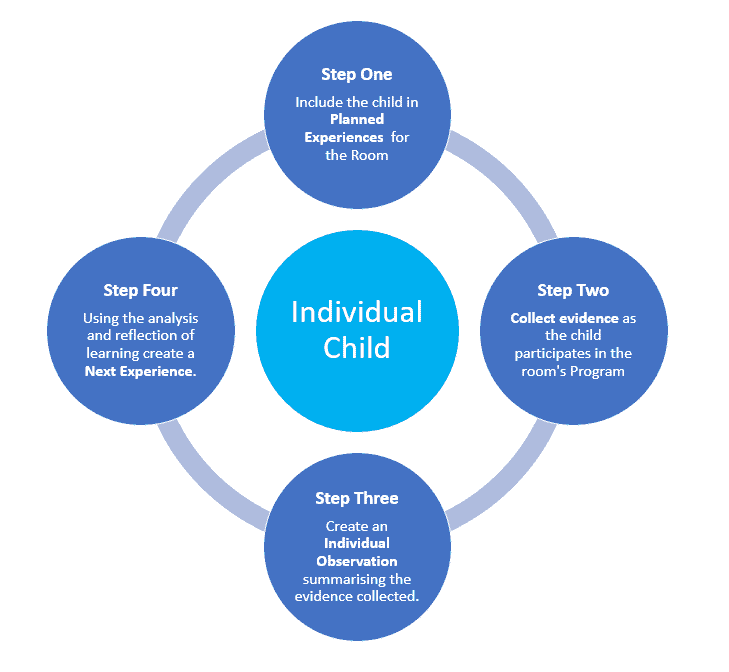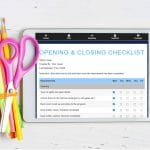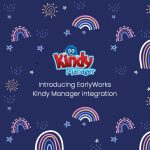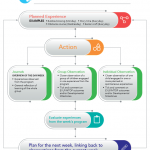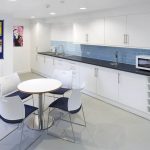Getting Started with an Individual Planning Cycle in EarlyWorks
We are often asked about how to get a planning cycle started for an individual child. The good news is, EarlyWorks makes it quite simple.
Step One: Planned Experiences
Welcome the child into the service and involve the child in the planned experiences and routines already in place in the child’s new room.
Step Two: Evidence Collecting
Spend time collecting evidence about the child’s current knowledge, interests, skills, abilities, likes and dislikes as they participate in the planned and unplanned experiences and routines. This evidence collecting will take varying amounts of time depending on how many days the child attends, the age of the child, the number of people contributing to the evidence, and the needs of the child.
EarlyWorks has a variety of means for documenting this evidence. Please, don’t feel you need to make use of all of these methods. Choose only those that suit the needs of the child and the context of your service:
- Family Comments: families can add comments in EarlyWorks, sharing their insights, thoughts, and suggestions. Families may also share comments from allied health professionals.
- Educator Comments: educators can add quick comments and images.
- Daily Communications: add comments about food preferences, sleep routines, and toileting.
- Journals: include the child in the room’s daily or weekly journal. Families might add comments to the journals, sharing the child’s reactions to the planned and unplanned activities.
- Group Observations: include the child in observations of groups of children involved in the program. Families might also add comments to Observations.
- Photos: photos can be quickly uploaded into the child’s profile.
- Time Samples: a wonderful way of recording the child’s transition into the new room.
- Child Documents: families may share documents such as speech pathology or educational psychology reports that provide insight into the child’s needs.
Step Three: Individual Observation
Once enough evidence has been collected, this can be analysed and reflected upon in an Individual Observation. This Observation might include a summary of the evidence collected (in the narrative), ticking and commenting on EYLF/MTOP or other outcomes/developmental milestones, links to the planned experiences the child was observed in, and images of the child engaged in the program.
Step Four: Next Experience
Using the analysis and reflection of learning in the Observation, create a Next Experience. This might include intentions for future learning, individual goals, and possible strategies. This Experience might be called ‘Anna’s Goals for June’, or ‘Anna’s individual plan’.
And so, the Cycle Continues
As the child engages with the room’s program, the goals and dreams outlined in Anna’s Plan can be worked towards and progress noted, reflected upon and analysed in group and individual observations. Then when you are ready, a new experience can be created for Anna, that links back to all of the preceding group and individual observations created.
